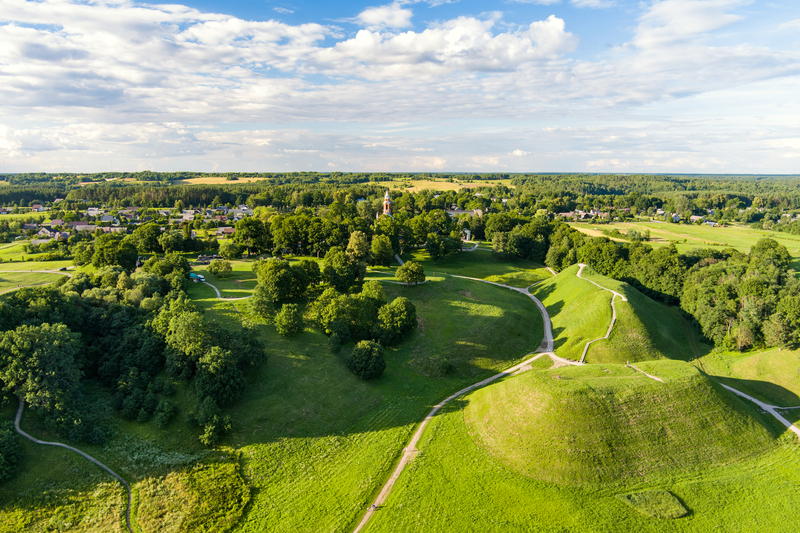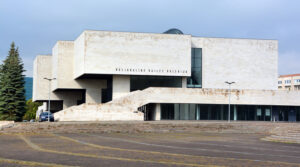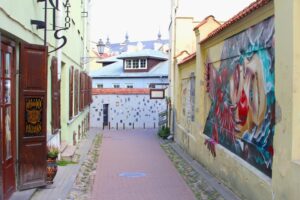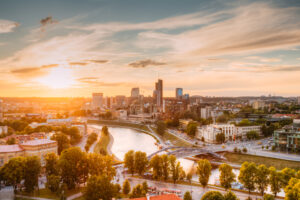Lithuania, a small country in the Baltic region of Europe, is home to several UNESCO World Heritage Sites. These sites showcase the country’s rich history, cultural heritage, and natural beauty. Exploring these sites is a great way to learn about Lithuania’s past and experience its unique attractions. Here are some of the must-visit UNESCO World Heritage Sites in Lithuania:
1. Vilnius Historic Centre: The capital city of Vilnius is known for its well-preserved historic center, which is a UNESCO World Heritage Site. The old town is a maze of narrow streets, charming squares, and beautiful architecture. Highlights include the Vilnius Cathedral, Gediminas Castle Tower, and the Gate of Dawn.
2. Kernavė Archaeological Site: Located about 35 kilometers from Vilnius, Kernavė is an important archaeological site that was once the capital of the Grand Duchy of Lithuania. The site consists of five hill forts, burial sites, and other archaeological remains. Visitors can explore the ruins and learn about Lithuania’s ancient history.
3. Curonian Spit: This unique natural site stretches along the Baltic Sea coast and is shared by Lithuania and Russia. The Curonian Spit is a narrow strip of land with sand dunes, forests, and picturesque fishing villages. It is a popular destination for nature lovers, offering opportunities for hiking, birdwatching, and relaxing on sandy beaches.
4. Struve Geodetic Arc: The Struve Geodetic Arc is a chain of survey triangulations that stretches across ten countries, including Lithuania. It was used in the 19th century to accurately measure the shape and size of the Earth. In Lithuania, the arc includes several measurement points, including the famous Meridianas monument in the city of Joniškis.
5. Vilnius University Ensemble: Vilnius University is one of the oldest universities in Eastern Europe and its ensemble of buildings is a UNESCO World Heritage Site. The university’s architectural complex includes Gothic, Renaissance, and Baroque-style buildings, such as the Grand Courtyard and the Church of St. John.
6. The Struvė Geodetic Arc: The Struvė Geodetic Arc is a chain of survey triangulations that stretches across ten countries, including Lithuania. It was used in the 19th century to accurately measure the shape and size of the Earth. In Lithuania, the arc includes several measurement points, including the famous Meridianas monument in the city of Joniškis.
7. The Curonian Spit: This unique natural site stretches along the Baltic Sea coast and is shared by Lithuania and Russia. The Curonian Spit is a narrow strip of land with sand dunes, forests, and picturesque fishing villages. It is a popular destination for nature lovers, offering opportunities for hiking, birdwatching, and relaxing on sandy beaches.
These UNESCO World Heritage Sites in Lithuania offer a diverse range of experiences, from exploring historic cities to enjoying the natural beauty of the Baltic coast. Whether you are interested in history, culture, or nature, Lithuania’s World Heritage Sites have something to offer for everyone.







